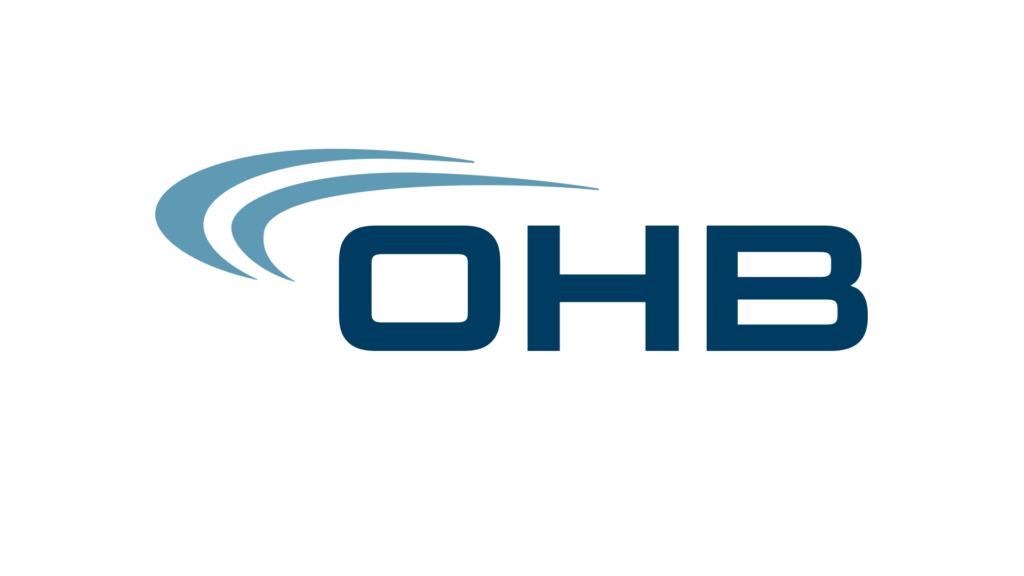Are you struggling to keep your team connected in today's fragmented workplace? Imagine transforming your company culture through thoughtfully planned activities that employees actually look forward to. Employee activity planning isn’t just about scheduling events—it’s about creating meaningful experiences that foster genuine connections, boost morale, and drive productivity. This comprehensive guide will walk you through everything you need to know to develop an effective employee activity planning strategy that delivers real results.
Why Employee Activity Planning Matters in Today's Workplace
In today’s increasingly remote and hybrid work environments, employee activity planning has become more crucial than ever. With teams scattered across different locations and time zones, the traditional water cooler conversations and spontaneous interactions that once built workplace relationships have diminished significantly.
Research consistently shows that employees who feel connected to their colleagues are more engaged, productive, and loyal to their organizations. According to Gallup, highly engaged teams show 21% greater profitability and 41% reduction in absenteeism. Yet, maintaining these connections requires intentional planning and effort.
Employee activity planning goes beyond simply organizing events. It’s about creating structured opportunities for meaningful interactions that align with your company’s values and culture while addressing the diverse needs and interests of your workforce.
Key Elements of Successful Employee Activity Planning

1. Understanding Your Team's Needs and Preferences
The foundation of effective employee activity planning begins with understanding what your team actually wants and needs. Different demographics, personalities, and work styles will respond differently to various activities.
Consider conducting regular surveys to gather input on:
- Activity preferences (sports, cultural events, wellness programs)
- Preferred timing and frequency
- Format preferences (in-person, virtual, or hybrid)
- Special interests or hobbies
The most successful employee activities are those that reflect the genuine interests of your team members, not just what management thinks they should enjoy.
2. Creating a Balanced Activity Calendar
A well-rounded employee activity plan includes a mix of different types of events that serve various purposes:
- Team-building activities: Escape rooms, problem-solving challenges, or outdoor adventures
- Wellness initiatives: Yoga classes, meditation sessions, or fitness challenges
- Social gatherings: Happy hours, holiday parties, or casual lunches
- Learning opportunities: Workshops, lunch-and-learns, or skill-sharing sessions
- Community service: Volunteer days or charitable fundraisers
Balance is key—aim for a mix of structured and unstructured time, as well as a combination of work-related and purely social activities.
3. Ensuring Inclusivity and Accessibility
One of the biggest challenges in employee activity planning is ensuring that events are accessible and appealing to everyone. Consider:
- Scheduling activities at various times to accommodate different work schedules
- Offering both in-person and virtual options when possible
- Considering dietary restrictions and physical abilities
- Respecting cultural differences and religious observances
- Providing alternatives for those who don’t drink alcohol or participate in certain activities
Implementing Your Employee Activity Plan
Setting Clear Objectives
Before diving into planning specific activities, establish what you hope to achieve. Are you looking to improve team communication, boost morale, enhance creativity, or simply provide stress relief? Having clear objectives will help you design more effective activities and measure their success.
Allocating Resources Wisely
Employee activity planning requires resources—both time and money. Create a realistic budget that allows for meaningful experiences without breaking the bank. Remember that not all impactful activities need to be expensive; sometimes the simplest gatherings create the most meaningful connections.
Leveraging Technology for Seamless Planning
Technology can significantly streamline the employee activity planning process. From scheduling tools to communication platforms, the right tech stack can make organizing and promoting activities much more efficient.
Measuring the Impact of Your Employee Activities
To ensure your employee activity planning efforts are worthwhile, establish metrics to track their impact:
- Participation rates and feedback
- Employee engagement scores before and after implementing regular activities
- Retention rates and absenteeism
- Team performance and collaboration metrics
- Qualitative feedback through surveys or focus groups
What gets measured gets managed. By tracking the outcomes of your employee activities, you can continuously refine your approach for maximum impact.
Common Challenges in Employee Activity Planning
1. Low Participation Rates
One of the most common challenges is getting employees to actually participate in planned activities. To overcome this:
- Involve employees in the planning process
- Communicate the value and purpose of activities clearly
- Schedule events during work hours when possible
- Create a culture where participation is encouraged but not mandatory
- Recognize and celebrate participation
2. Budget Constraints
Limited budgets can restrict activity options, but creative planning can help:
- Focus on low-cost or free activities like potlucks or outdoor gatherings
- Partner with local businesses for discounts or sponsorships
- Leverage employee talents for internal workshops or classes
- Rotate responsibility for planning smaller, more frequent events
3. Remote and Hybrid Work Environments
With distributed teams, traditional activity planning approaches may fall short:
- Design activities specifically for virtual participation
- Create hybrid events that work for both in-person and remote employees
- Consider time zone differences when scheduling
- Ship activity kits or supplies to remote team members
- Use technology to facilitate connection during virtual events
Innovative Approaches to Employee Activity Planning

Micro-Events and Small Group Activities
Rather than focusing solely on large company-wide events, consider facilitating smaller, more intimate gatherings that allow for deeper connections. Neroia excels in this area, using AI-driven recommendations to connect small groups of employees for activities tailored to their individual interests and schedules.
This approach reduces the planning burden while maximizing the quality of interactions. Small groups of 3-5 employees might gather for a quick coffee chat, a lunchtime walk, or a virtual game session—activities that require minimal planning but yield significant connection benefits.
Employee-Led Initiatives
Empower employees to take ownership of activity planning by creating a framework for them to propose and lead activities they’re passionate about. This not only distributes the planning workload but also ensures activities align with genuine employee interests.
When employees lead activities they’re passionate about, engagement naturally follows. They become culture ambassadors who inspire others to participate.
The Future of Employee Activity Planning
As workplaces continue to evolve, employee activity planning must adapt accordingly. Emerging trends include:
- Personalization: Activities tailored to individual preferences and needs
- Wellness integration: Holistic approaches that combine social connection with physical and mental wellbeing
- Purpose-driven activities: Events that align with company values and social impact goals
- Data-driven planning: Using analytics to optimize activity types, timing, and formats
Neroia is at the forefront of this evolution, utilizing anonymized data for HR analytics while maintaining a closed, secure community. Their platform minimizes planning friction and encourages authentic, informal interactions—exactly what modern workplaces need.
Conclusion: Building a Connected Workplace Through Thoughtful Activity Planning
Employee activity planning is no longer just a nice-to-have—it’s an essential component of building a thriving workplace culture, especially in today’s increasingly distributed work environment. By taking a strategic, intentional approach to planning activities that foster genuine connections, you can boost engagement, enhance wellbeing, and ultimately drive better business results.
Remember that the most successful employee activity planning efforts are those that evolve based on feedback and changing needs. Stay flexible, listen to your team, and be willing to experiment with different approaches until you find what works best for your unique organizational culture.
As you develop your employee activity planning strategy, consider exploring platforms like Neroia that can streamline the process while ensuring activities truly resonate with your team’s interests and needs. Their AI-driven approach takes the guesswork out of planning by recommending small-group activities tailored to individual preferences, making it easier than ever to foster those crucial workplace connections that drive engagement and productivity.
By investing in thoughtful employee activity planning today, you’re building the foundation for a more connected, engaged, and successful organization tomorrow.




